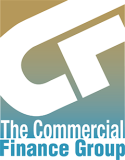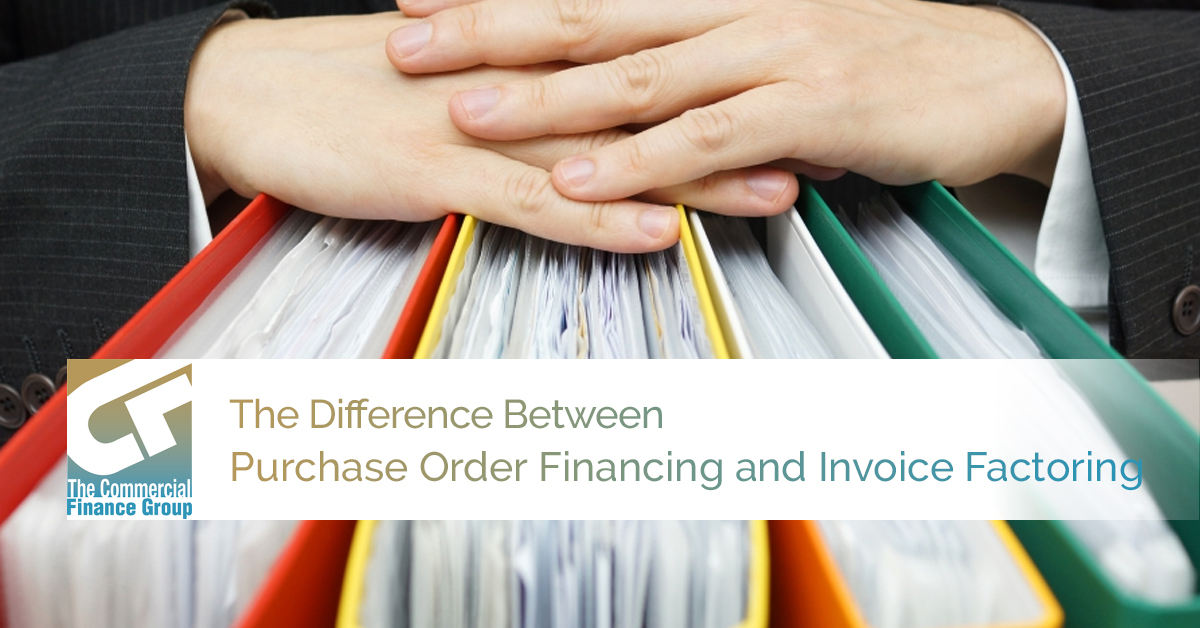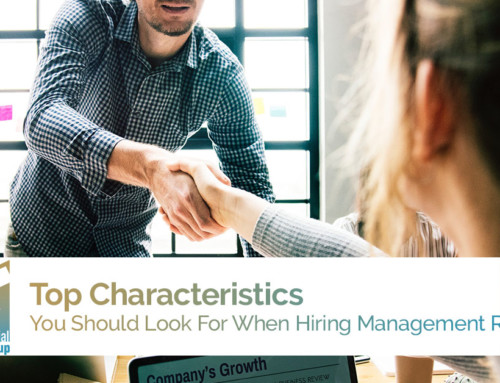When it comes to effectively managing and running a business, cash flow management is extremely important to your success. Purchase order financing and invoice factoring are similar in nature, but they do have their distinctions. Our factoring company believes that it is important to make sure that our readers and clients understand the difference between the two because they both largely contribute to the overall cash flow management of your business. When it comes to cash flow problems, our factoring company in Atlanta has the right cash flow solutions to help your business grow and succeed.
Cash Flow Solutions
To be clear, both purchase order (PO) financing and invoice factoring are designed to help businesses like yours that have sales outpacing their incoming revenues. Explosive growth is good, but each cash flow solution works in its own way. If you are a small business in need of financing to stabilize your cash flow, it is very important to identify when to use invoice factoring and also when to use purchase order financing.
Purchase Order Financing
Simply put, purchase order financing is an advance of money that goes to your supplier so that you can fulfill a customer order. Purchase order financing is best used when you need capital to fulfill a customer order and do not currently have the capital to do so. Depending on what financing company you go through, the cost for purchase order financing is 1.8 percent to 6 percent for the first month and additional costs thereafter.
Keep in mind that most finance companies that offer purchase order financing have minimum requirements to qualify for the service, including but not limited to:
- Being a creditworthy supplier and customer
- Having profit margins that are at least 15 percent or higher
- Selling tangible goods
- Having business or government customers (B2C not eligible)
Invoice Factoring
Invoice factoring, as you can imagine, is different than purchase order financing, even though they achieve similar purposes. Invoice factoring refers to a loan or advance that will tide over your business while you wait for payments of invoices for product or services that your business has already delivered.
Invoice factoring is generally best used when your business has already sold goods or services and is currently waiting for payments from your customers. The cost of invoice factoring is a little cheaper than purchase order financing – 1.5 percent to 5 percent per month. Again, like purchase order financing, invoice factoring involves minimum requirements for your business in order to qualify:
- Must be a creditworthy customer
- May sell goods or services
- You must have business or government customers (again, B2C not eligible)
- Invoices are due in 90 days or less
The Best Option
Like most things in life, the best financing option depends on what your situation is and what your desired outcome is. It is fairly common that many fast-growing businesses come to a point where their sales outpace their incoming revenues, which leaves them without enough capital on hand to cover operating expenses or new orders – hence, why a factoring finance company like The Commercial Finance Group exists. Additionally, purchase order financing and invoice factoring both help small businesses stabilize their cash flows and gain access to working capital.
Whether purchase order financing or invoice factoring is a better solution for your business lies in when they’re used. Invoice factoring is used after a business sells goods or services, whereas purchase order financing is used before selling anything.
Invoice Factoring Advantages
If you’re looking for a faster and more cost-effective solution, then invoice factoring might be the way to go. Invoice factoring usually tends to be cheaper than purchase order financing because a steady fee is charged every month. Conversely, purchase order lenders usually increase fees if your customers don’t pay for goods within one month, and, purchase order financing is generally less flexible than invoice factoring.
Also, invoice factoring is usually faster than purchase order financing. It typically takes about two to three days to get your money if you work with an invoice factor, whereas purchase order lenders take about one to two weeks on average to get you and your business your money. Though that time difference is only a few days, that’s a big difference in the world of finance.
Bottom Line
Both purchase order financing and invoice factoring are designed for businesses that are facing cash flow difficulties. If you just received a large order and don’t have the money on hand to fulfill the order, then you should give purchase order financing a try.
However, if you’ve already provided goods or services and are waiting to be paid, invoice factoring can make the interim period less painful by giving you immediate capital in exchange for outstanding invoices. For certain types of transactions, both types of financing can actually be used. In all things when it comes to financing, don’t forget to calculate your profit margins to help determine what might be the best option for you. For instance, purchase order lenders generally prefer that you have at least a 15 to 30 percent profit margin on a transaction. This is to ensure that both you and the lender can make money from it.
Whether you choose purchase order financing or invoice factoring to help your business stay afloat and keep profiting when you’re swarmed with business, The Commercial Finance Group has the necessary factoring solutions in Atlanta to help your business when it needs it the most. Simply contact us today to get in touch, and get your esteemed business the help that it deserves.







